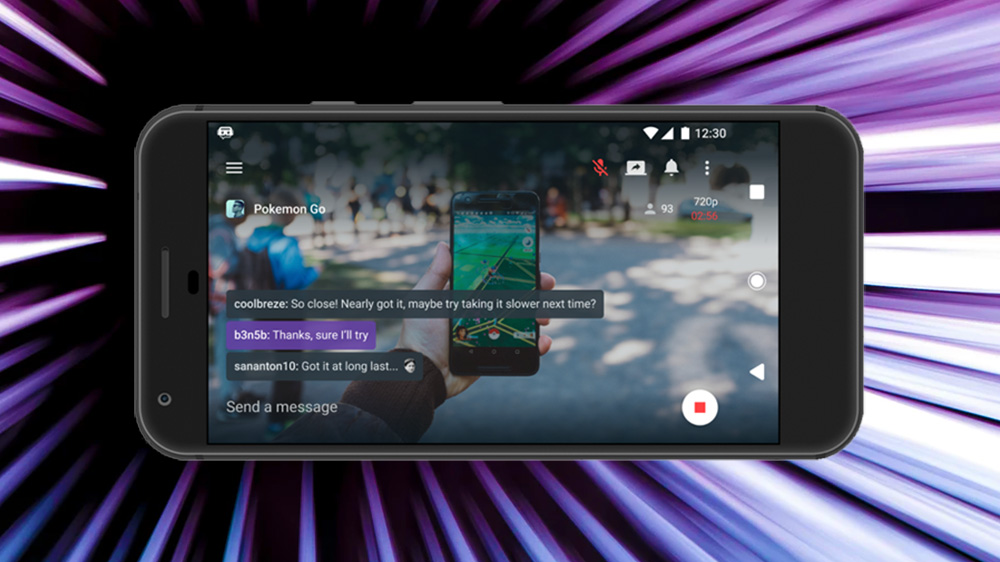
Streamlabs recently held its inaugural Expanding the Stream conference in San Francisco to focus on the emerging business opportunities in the livestreaming ecosystem. Founded in 2011, Streamlabs connects streamers with gamers through a suite of tools available on mobile and desktop that enables monetization and the company’s technology operates across all streaming services.
Ali Moiz, CEO of Streamlabs, told AListDaily that the streaming industry today reaches over 600 million monthly active users, which is up 230 percent from 2016. A deeper dive into that bucket finds that 86 percent of this traffic comes from streamers, not esports.
While streaming numbers are increasing (over 2 million people stream on a monthly basis globally outside of China), Moiz pointed out that the industry is already very healthy with over $3 billion in revenue expected this year.
“I think that’s going to double in the next two to three years, so we’re going to be looking at $6 or $7 billion as we see a lot of growth outside of gaming,” Moiz said. “People are going to discover that livestreaming is a really great way to grow an audience and build a fan following, particularly on YouTube, Twitter, Periscope, Facebook and Instagram.”
Streamlabs has found that its long-time viewers who signed up over 24 months ago spent an average of $81.10 in Q1 2017, which is more than the $22.92 average spend of new users who signed up within the first three months. That’s a per user increase of 4X, which he said points to an audience that will spend more money over time.
Streamlabs has paid out $200 million to content creators to date, and this year the company will pay out $105 million. Most of this revenue comes from microtransactions in the form of tips, but there are opportunities for brands within this streaming ecosystem.
Esports is a good example of how brands can be integrated into this global video audience.
“We have a lot of esports players that stream using Streamlabs during training on their personal Twitch or YouTube channel when they’re not playing in a tournament,” Moiz said. “We don’t have a product for teams or tournaments right now, but a lot of individual players from Cloud9, Immortals and Team SoloMid use Streamlabs.”
Moiz said esports is on the company’s list of priorities, but it’s a bit further down the line.
“I absolutely think that the hundreds of independent grassroots esports tournaments around games like Dota 2 and CS:GO need new sources of revenue and monetization, and right now the only sources have been sponsorships,” Moiz explained. “Our microtransaction model that works really well for streamers can be applied to tournaments and esports and create a whole new revenue stream for them.”
In the near-term, the company’s new software launch—which is free and works on top of the popular open broadcasters software streaming client—opens up new opportunities for brands and sponsors. The original platform wasn’t designed for consumers, so there was a lot of work required just to stream. Now that the process has been simplified, Moiz expects more desktop streamers to enter the space.
“By adding interactive features through virtual items that show up on screen like Snapchat-style face filters that are triggered by viewers, there should be even more engagement with the audience,” Moiz explained. “Streamers will be able to add things like stickers or even more data rich overlays like you see on ESPN, but offer an interactive element for the viewers.”
Moiz sees two things evolving, which will help the livestreaming business grow. On the one hand, esports is evolving into the traditional sports model with Activision-Blizzard’s city-based Overwatch League and Riot Games’ League of Legends, while traditional sports are solidifying esports endeavors like the NBA 2K ELeague and the NFL’s Madden Club Series.
“Similarly, livestreamers are also going to become a major category that displaces television. Things that will be more interactive are pre and post show coverage, which is already happening with popular shows,” Moiz said. “You can attract more people because this format is more interactive and more fun to watch. You can ask a question easily and see your name on the stream. Streamers are to the future of television as esports leagues are the future of professional sports.”
Moiz admits that television shows aren’t going to disappear, but rather the millennial and Gen Z audiences are allocating more time to online content. Livestreaming is becoming a larger part of that entertainment/free time bucket, and both esports and smart Hollywood companies and brands are already taking advantage of this shift, which will continue to evolve the ecosystem moving forward.

